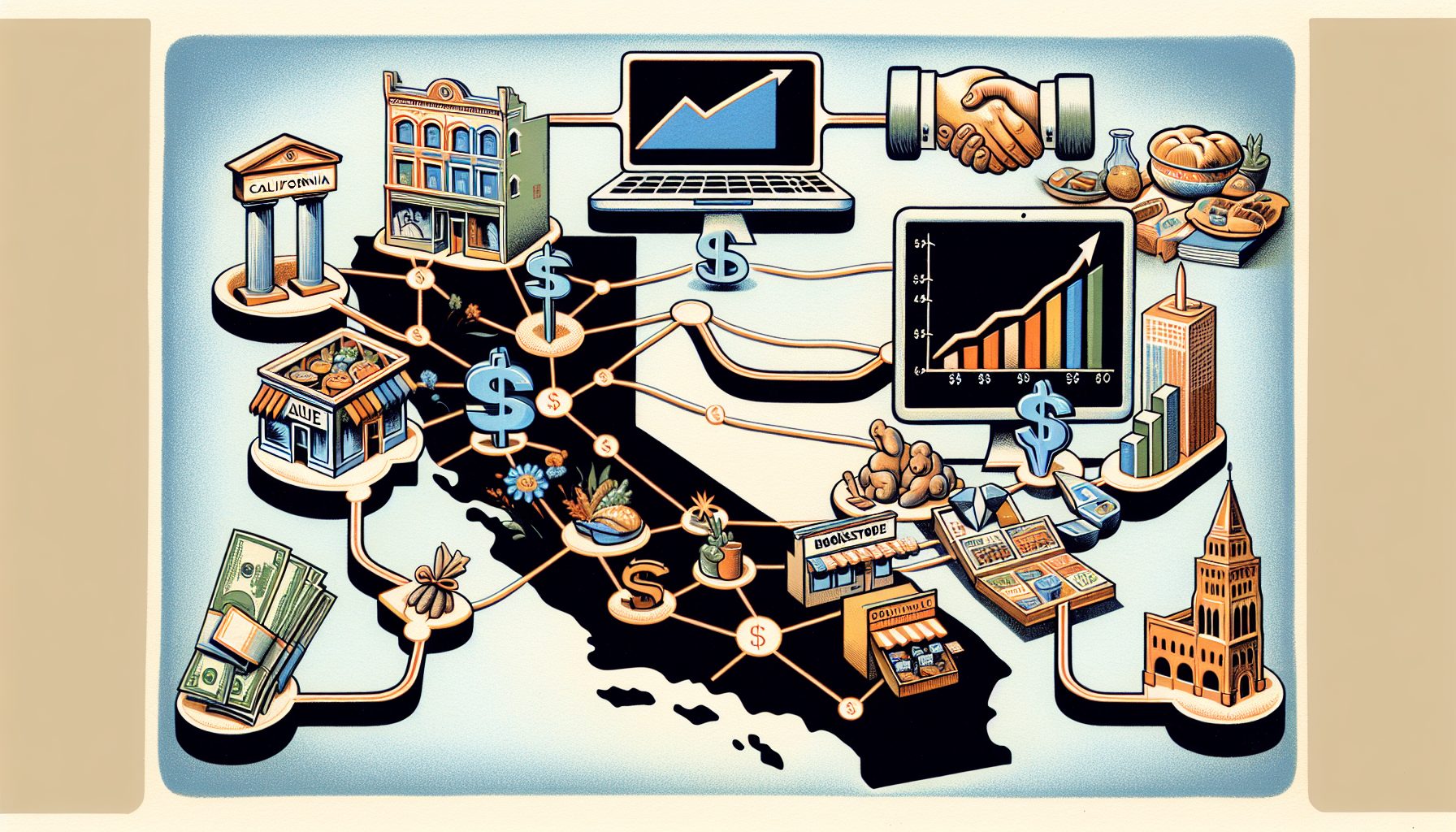Virtual desktop infrastructure (VDI) offers both big promises and big challenges for IT managers. On the plus side, the idea of running some of your desktops inside a secure data center has a lot of appeal, particularly to the generation that grew up during the mainframe computing era and wishes to return to those simpler days. Data and applications can be better protected; endpoints can be more easily patched, cloned and supported; and users can access their desktops from anywhere there is an Internet connection and a Web browser.
On the other hand, the costs for building the right infrastructure can be a real burden and can quickly consume the savings that VDI promises to generate.
As an extreme example, a demonstration held at various trade shows last fall by VDI VAR Green Pages showed a very high density of virtual desktops running from a single Cisco Unified Communications switch. Each desktop had more than 90GB of applications, and streaming a combination of Symantec Workspace Virtualization applications, VMware ESX hosts and VirtualStorm specialized drivers, they were able to run 400 desktops from each of six blades on the switch.
“It required a perfect balance between the desktops, the infrastructure, the virtualization, and the management of the desktops and their applications in order to scale to thousands of desktops in a single environment,” Erik Westhovens, one of the engineers from VirtualStorm.com, wrote on a blog entry about the demonstration.
Let’s look at several challenges to using VDI—and some of the lessons learned by those who are doing it well.
What desktop devices should I use?
Whether you end up using thin or thick clients—or repurposing older PCs—you probably won’t save on capital costs, but you will save on the ongoing operations, support and maintenance costs. “If we have a security breach on a desktop, we just reprovision and it goes away,” says Alan Deloera, the director of technology for the city of Temple, Texas.
The number of thin-client vendors is staggering, from specialized vendors such as Wyse and Priam.com to mainstream vendors such as Hewlett-Packard and Sun. JetBlue Airlines standardized on HP thin clients and claims to have saved millions in its desktop deployment. Plus, there are different XP-based deployments, including some using an embedded XP OS called Windows Fundamentals for Legacy PCs.
J&B Group, a food wholesaler and manufacturer based in St. Michael, Minn., migrated its Citrix Presentation Server terminal services environment to a VDI solution “because we wanted a more consistent look and feel, like our local XP environment,” says Chuck Ballard, network and technical services manager. “We also had a lot of complaints from associates about not being able to browse their local directories and printers, and the support contracts were getting expensive to renew.”
J&B chose Quest Software’s vWorkspace clients and rolled it out to several remote office locations to make it easier to support and deploy applications. “We wanted to extend the use of our older PCs, which saves us about a $1,000 or so per desktop,” Ballard says. “Also, our support staff no longer has to spend time troubleshooting hardware. When we have a problem, we just swap out a spare PC, and our associates are back up and running quickly. Plus, I don’t need to extend warranties for any of this gear: If one breaks, I just replace it.”








